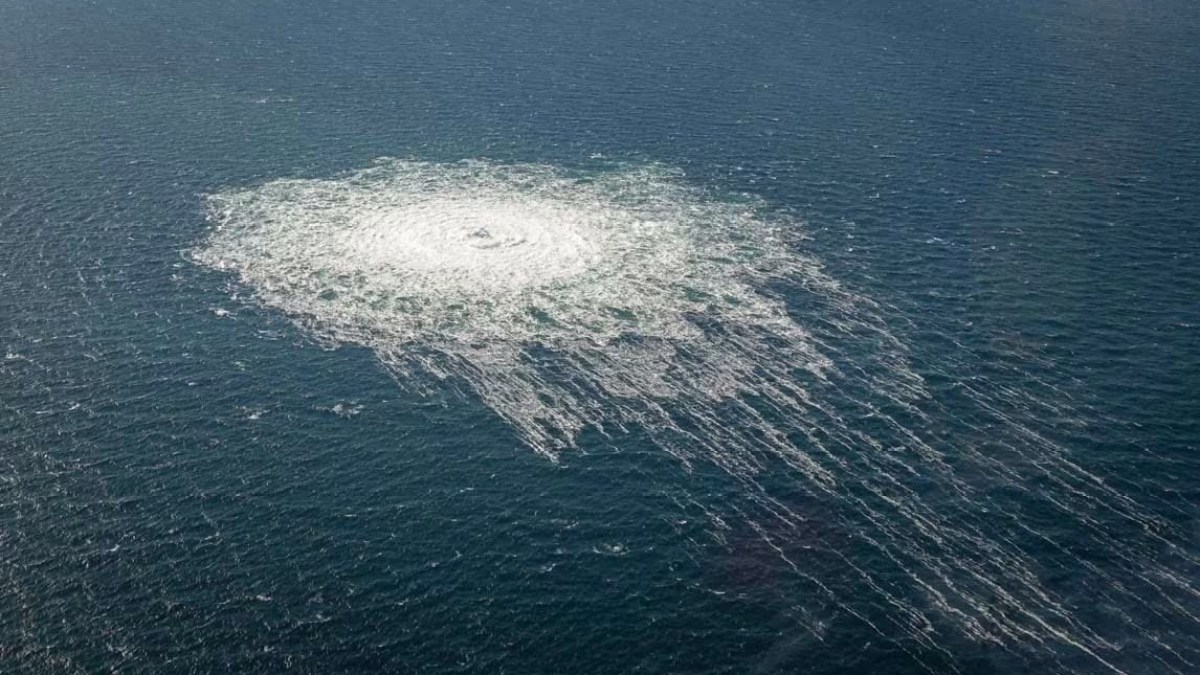A spokesman for the company operating the Nord Stream 2 pipeline said today, Saturday, that the gas leak from the pipelines under the Baltic Sea ended as a result of a pressure balance between gas and water.
"The pressure of the water led to the closure of the pipeline in a way that prevents the gas inside it from leaking," Ulrich Lisek told AFP, explaining that "there is still gas in the pipeline."
In response to a question about how much gas is believed to be in the pipeline, Lysek said that the amount has not yet been determined.
No information was immediately available about the leak in the Nord Stream 1 pipeline, which was significantly stronger.
Although the two pipelines are not currently operating, they contained gas before they were exposed to what appears to be a sabotage process that led to four leaks.
underwater explosions
A Danish-Swedish report issued on Friday concluded that the leaks were caused by underwater explosions equivalent in scope to the use of hundreds of kilograms of explosives.
The two countries said that "all available information indicates that these explosions were the result of a deliberate act," but the cause of the explosions remains ambiguous, with Moscow and Washington denying responsibility for them and accusing each other of the matter.
The leaks, which were detected last Monday, occurred off the Danish island of Bornholm in the Baltic Sea.
Lysek revealed that the company operating the "Nord Stream 2" line had informed the Danish Energy Regulatory Authority earlier today, Saturday, that the gas leak had ended.
The Danish authorities had suggested that the leaks would continue until the pipelines run out of gas, and expected that this would happen on Sunday.

